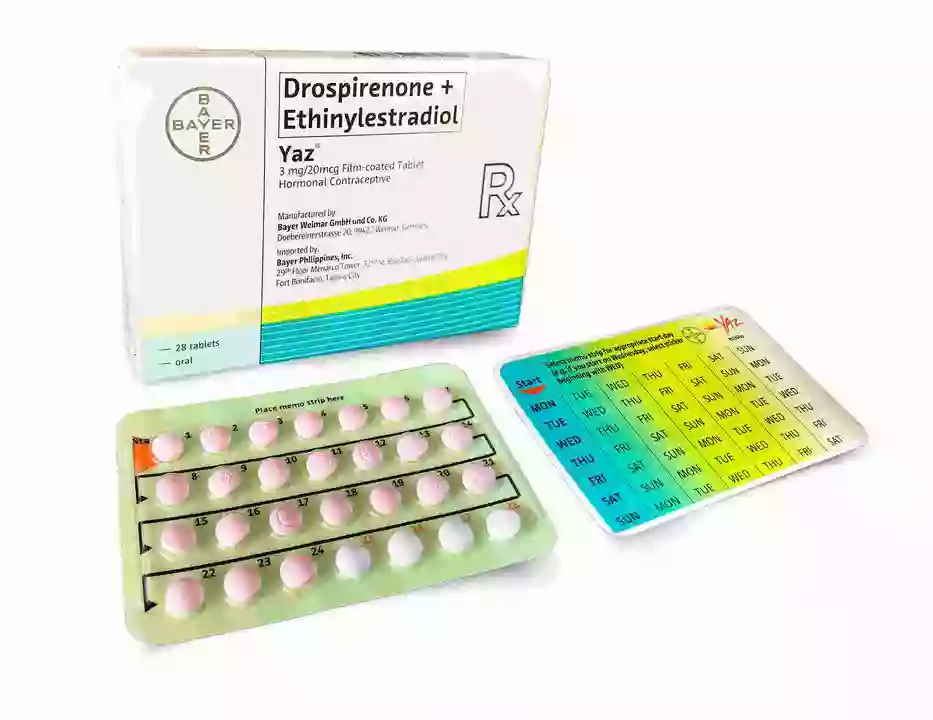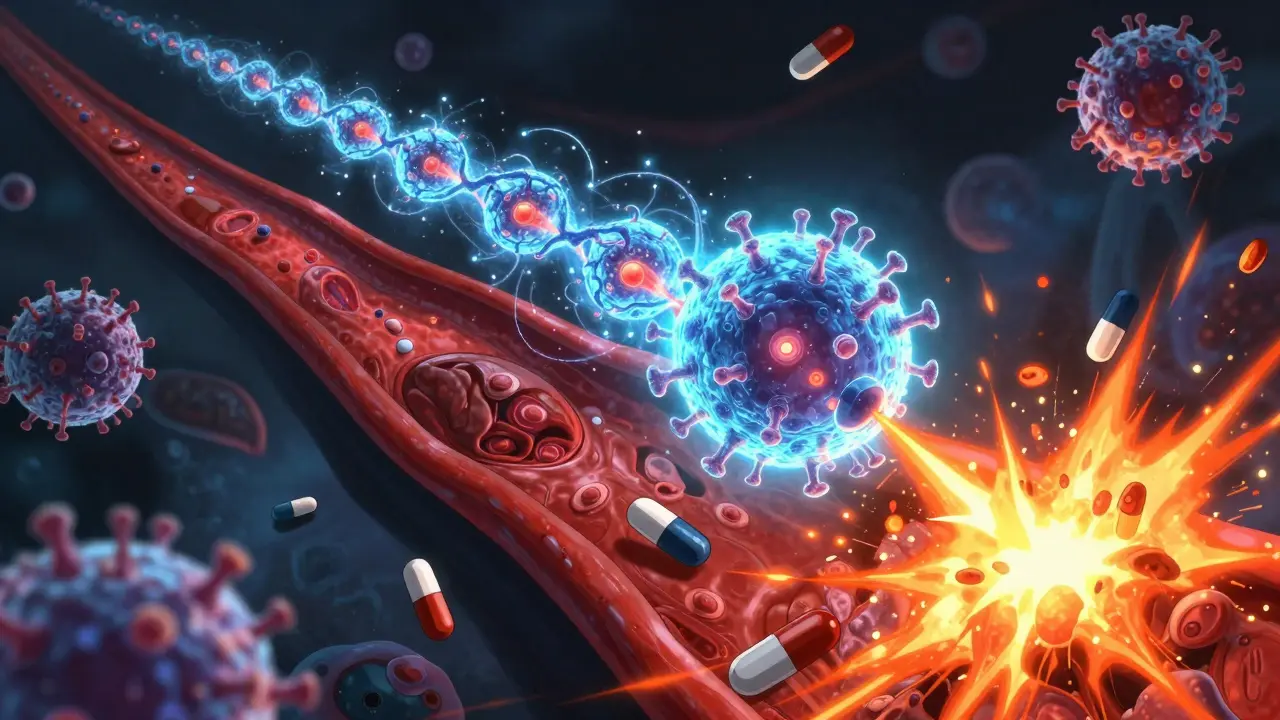Mechanism — what medicines actually do
Knowing a drug’s mechanism tells you how it works in the body, not just what it treats. That matters when you want to predict side effects, spot interactions, or compare options. This page breaks the idea down so you can read other articles here and understand the key bits fast.
How to read a drug mechanism without the jargon
Start with the target: is the drug hitting a receptor, enzyme, or ion channel? For example, some drugs block sodium channels to calm nerve signals (useful in seizures or certain pain types). Others activate receptors to open airways or relax blood vessels. Look for short phrases like “blocks,” “inhibits,” or “activates” — they tell you the direction of the effect.
Next, note where it acts: brain, lungs, stomach, skin, or bloodstream. Location explains common side effects — a drug working in the brain may change mood or sleep, a lung drug affects breathing, and a skin cream works mostly locally. Also check if the drug changes levels of electrolytes (potassium, sodium) or hormones — that signals monitoring needs.
Finally, watch for timing: is it fast-acting or gradual? Nitroglycerin sublingual works within minutes to open blood vessels, while many antidepressants or steroids take days to show benefits and may need different safety checks.
Quick examples from our articles
Nexium (esomeprazole) reduces stomach acid by blocking a proton pump in the stomach lining — that explains why it helps heartburn and why symptoms can return if you stop suddenly. Wellbutrin (bupropion) affects dopamine and norepinephrine systems in the brain, which links to both mood benefits and stimulant-like side effects in some people.
Soolantra cream uses ivermectin to target tiny skin mites and local inflammation — that’s why it’s applied topically and usually causes fewer systemic effects. Carbamazepine works by stabilizing sodium channels in nerve cells, so it’s a mainstay for certain seizure types and nerve pain. Spironolactone blocks aldosterone receptors and affects potassium balance, which is why potassium levels and blood pressure are things to watch.
For athletes, knowing Ventolin’s (a beta-agonist) mechanism helps explain why some alternatives are needed to meet WADA rules. And medicines like prednisone reduce inflammation through broad immune effects — that’s helpful, but it also brings long-term risks that lifestyle changes can sometimes reduce.
When you read any article here, skim the mechanism section first. It will tell you how a drug does its job, what to watch for, and what questions to ask your clinician. Want a quick link to a specific mechanism breakdown? Tap any article title on this tag page to jump straight to the details and safety tips we tested for real life use.
How Ethinylestradiol BP Works to Prevent Pregnancy
Ethinylestradiol BP is a fascinating hormone that plays a crucial role in preventing pregnancy. As a synthetic estrogen, it works primarily by inhibiting ovulation, ensuring that no eggs are released to be fertilized. Alongside this, it also thickens the cervical mucus, making it more difficult for sperm to swim and reach the egg. Additionally, Ethinylestradiol BP alters the lining of the uterus, making it less receptive to a fertilized egg. In essence, this powerful hormone provides multiple layers of protection to prevent pregnancy, making it a reliable choice for contraceptive methods.






